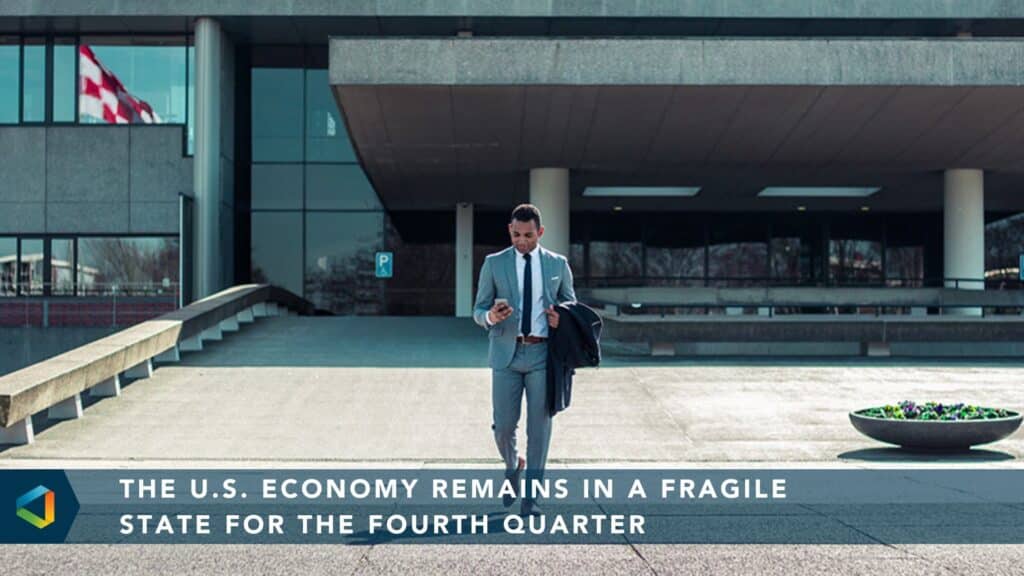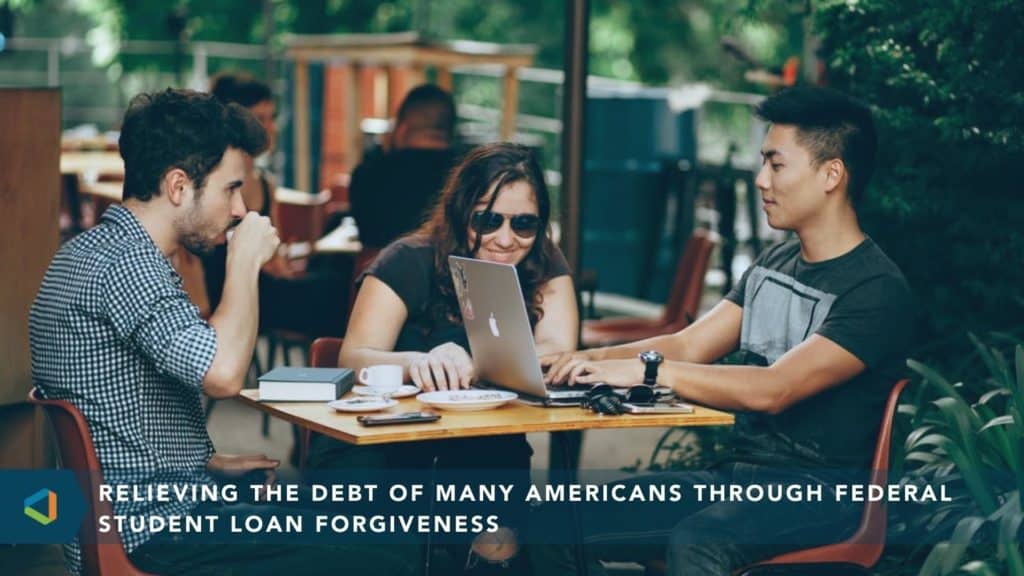No Headaches, Lower Costs
How the Saving on Valuable Education (SAVE) Plan Aims to Help Student Loan Borrowers
How the Saving on Valuable Education (SAVE) Plan Aims to Help Student Loan Borrowers
On Friday, July 14, the Biden administration announced a groundbreaking decision to cancel $39 billion in federal student loans for over 804,000 borrowers. This comes days after the U.S. Supreme Court struck down the previous student loan forgiveness plan put forth by the White House.
Student loan debt has been a pressing issue for millions of Americans, burdening them with significant financial obligations and limiting their ability to invest in their futures. The average student loan debt in the U.S. is $40,505 for federal and private loans.
Recognizing this growing concern, the Biden administration has taken a bold step by implementing the $39 billion plan following the U.S. Supreme Court overruling the White House's previous approach to student loan forgiveness.
While the Court's decision eliminates the possibility of a general clearing of student loan debt, the administration is offering an alternative plan to help those burdened.
What is SAVE?
This new income-driven plan differs from the previous debt-clearing proposal in that forgiveness won't happen immediately. Instead, the Saving on Valuable Education (SAVE) plan aims to keep borrowers' monthly repayments small and keep interest on the loans from drastic increases. SAVE will phase out the current Revised Pay as You Earn Plan (REPAYE).
Individuals with less than $12,000 would see the remainder of their balances wiped after ten years of payments. That cap is currently at 20 to 25 years through REPAYE.
Additionally, SAVE bases a borrower's monthly repayment amounts on family size and income. Some may even qualify for $0 monthly payments. This results from raising the income floor to 225% of the federal poverty guideline from REPAYE’s 150%. For example, those earning less than about $32,800 individually, or less than $67,500 for a family of four, would see $0 monthly bills.
Moreover, the previous plans saw interest accruing even for those with low monthly payments. Under SAVE, interest will not accrue for borrowers so long as they continuously make their monthly payments.
Unlike the previously dismissed plan, SAVE is a permanent program. Future borrowers will be eligible for these benefits.
Eligibility Criteria for Student Loan Forgiveness
According to the announcement, more than 800,000 borrowers will see relief on their federal student loans. However, the plan is not a blanket forgiveness policy. There are specific criteria that borrowers must meet to be eligible.
- Income Thresholds: The forgiveness plan may have income thresholds, meaning borrowers with lower incomes might receive more substantial relief than those with higher incomes. Eligibility could be based on the borrower's Adjusted Gross Income or other income-related factors.
- Loan Types: Student borrowers with federal (subsidized and unsubsidized), consolidated, and Parent Loan for Undergraduate Students(PLUS) graduate loans are eligible (Parents that took a Parent PLUS loan to help their children are not eligible, only graduate students with PLUS loans are). Borrowers with Federal Family Education Loans or Perkins Loans held through a commercial lender must consolidate into a federal loan to qualify.
- Repayment Status: Loan repayment status might play a role in eligibility. For instance, borrowers in default or deferment may face different outcomes than those in active repayment.
- Borrower Documentation: Applicants will likely need to submit proper documentation to prove their eligibility. Ensuring people have all the necessary paperwork will be crucial to successfully participating in the forgiveness program.
But, just as with the now-defunct forgiveness plan, borrowers will only receive SAVE benefits by applying. Keep reading for some handy tips on that below.
How to Apply for SAVE
Student loan payments are set to resume in October after three years of pause extensions. Meanwhile, interest is slated to start accruing again in September. There is no formal application for SAVE just yet. However, borrowers should expect to receive updates from the Department of Education later in the summer.
In the meantime, borrowers can apply for the current REPAYE plan, which will remain active until fall of 2023. Once standard loan repayments start again in October, the SAVE program will officially replace REPAYE. Once that shift occurs, those on REPAYE will automatically be transferred into the new SAVE plan.
Going Forward
While student loan forgiveness plans may provide much-needed relief, it is essential to consider the long-term implications on your finances. For example, if you plan to participate in a student loan forgiveness program but no longer qualify due to the changes, it's crucial to reassess your financial strategy.
Likewise, if you are among the lucky beneficiaries, this newfound financial freedom presents an opportunity to refine your financial goals and create a comprehensive plan for your future.
Need more help? Check out Financial Academy's on-demand webinar: FAQs to Getting That Degree Debt Free.
Investment advice offered through OneDigital Investment Advisors LLC, an SEC-registered investment adviser and wholly owned subsidiary of OneDigital.




